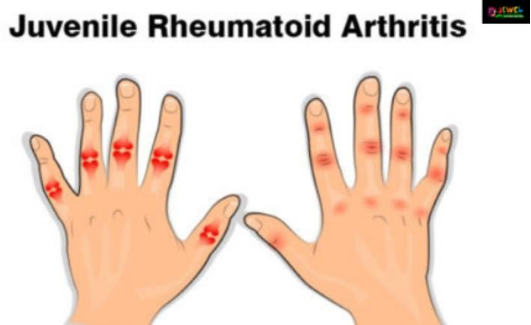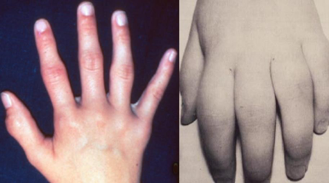A child is hospitalized after a serious motor vehicle crash and has developed increased urination. What action by the nurse takes priority?
Restrict dietary sodium intake.
Assess the daily serum sodium level.
Weigh the child daily.
Monitor the child's intake and output.
The Correct Answer is D
In this scenario, the child's increased urination after a serious motor vehicle crash may
indicate a potential issue with fluid balance. Monitoring the child's intake and output is the
priority action for the nurse. This involves accurately measuring and recording the fluids the
child consumes (intake) and the fluids the child eliminates through urine, sweat, and other
sources (output). By closely monitoring the child's intake and output, the nurse can assess the
child's fluid status and identify any abnormalities or imbalances that may require further
intervention.
Restrict dietary sodium intake in (option A) is incorrect because restricting dietary sodium
intake, may be necessary in certain situations, such as if the child has a known sodium
imbalance or hypertension. However, it is not the priority action in this scenario.
Assess the daily serum sodium level in (option B) is incorrect because assessing the daily
serum sodium level, is important to evaluate the child's electrolyte balance. However, it is not
the priority action compared to monitoring the child's intake and output.
Weigh the child daily in (option C) is incorrect because weighing the child daily, is a useful
measure to assess changes in fluid balance. However, it is not the priority action in this
scenario compared to monitoring the child's intake and output, which provides real-time
information on fluid balance.
Nursing Test Bank
Naxlex Comprehensive Predictor Exams
Related Questions
Correct Answer is B
Explanation
During painful episodes of juvenile arthritis, a plan of care should include proper positioning of the affected joints to prevent musculoskeletal complications. Proper positioning helps to alleviate pain, reduce inflammation, and minimize stress on the affected joints. It also promotes joint stability and prevents contractures or deformities that can occur due to prolonged immobility.
a weight-control diet to decrease stress on the joints in (option A) is incorrect because it, may be a consideration in managing overall joint health and reducing excessive strain on the joints. However, it is not the primary nursing intervention during painful episodes of juvenile arthritis.
high-resistance exercises to maintain muscular tone in the affected joints in (option C) is incorrect because it, may not be appropriate during painful episodes of juvenile arthritis. High-resistance exercises can potentially exacerbate pain and inflammation. Exercise should be tailored to the individual's condition and guided by healthcare professionals.
complete bed rest to decrease stress to joints in (option D) is incorrect because it, is not recommended as a nursing intervention for painful episodes of juvenile arthritis. Prolonged bed rest can lead to muscle weakness, joint stiffness, and functional decline. Instead, maintaining mobility and appropriate activity levels within the child's pain tolerance and capabilities is generally preferred.

Correct Answer is B
Explanation
Juvenile arthritis should be suspected in a child who exhibits joint swelling and pain lasting
longer than 6 weeks. Juvenile arthritis refers to a group of chronic inflammatory conditions
that affect the joints in children and adolescents. Persistent joint swelling and pain are
common symptoms of juvenile arthritis and are often accompanied by other signs such as
morning stiffness, limited range of motion, and joint warmth.
, frequent fractures in (option A) is not correct because it, is not typically associated with
juvenile arthritis. Fractures are more commonly associated with conditions affecting bone
strength, such as osteoporosis or certain genetic disorders.
lurching and abnormal gait with limited abduction in (option A) is not correct because it,
may be seen in certain musculoskeletal conditions or hip joint abnormalities, but it is not
specific to juvenile arthritis.
increased joint mobility in (option D) is incorrect because it, is not typically associated with
juvenile arthritis. In fact, joint stiffness and limited range of motion are more characteristic of
this condition.
Whether you are a student looking to ace your exams or a practicing nurse seeking to enhance your expertise , our nursing education contents will empower you with the confidence and competence to make a difference in the lives of patients and become a respected leader in the healthcare field.
Visit Naxlex, invest in your future and unlock endless possibilities with our unparalleled nursing education contents today
Report Wrong Answer on the Current Question
Do you disagree with the answer? If yes, what is your expected answer? Explain.
Kindly be descriptive with the issue you are facing.

